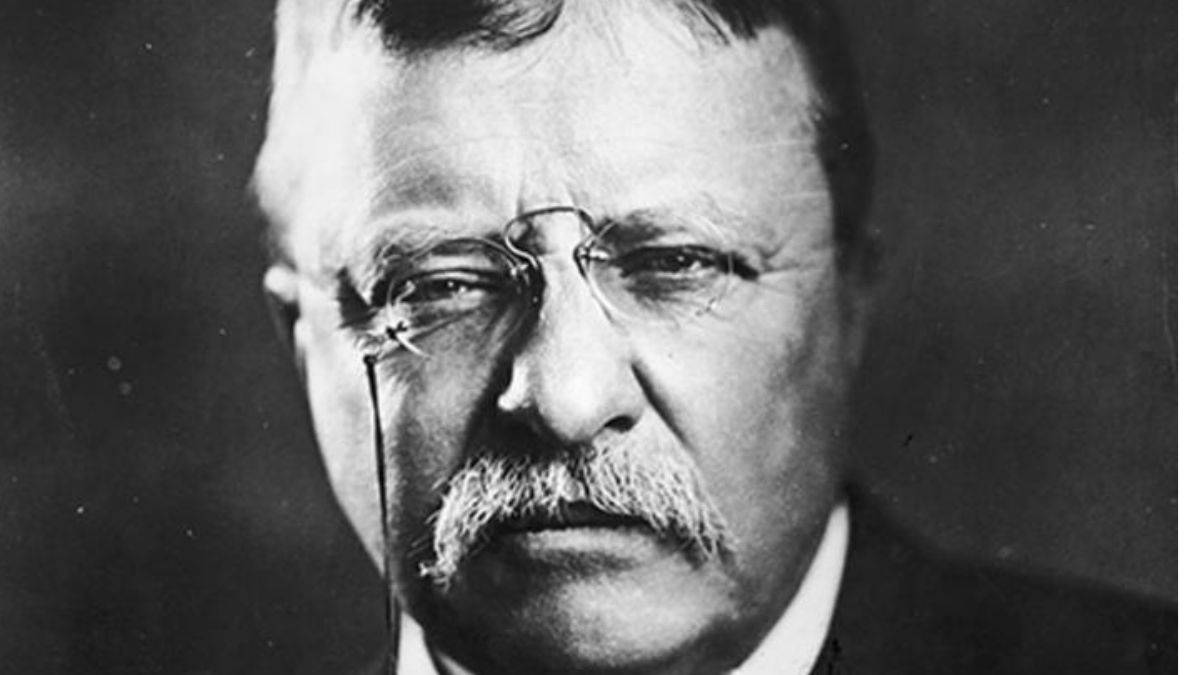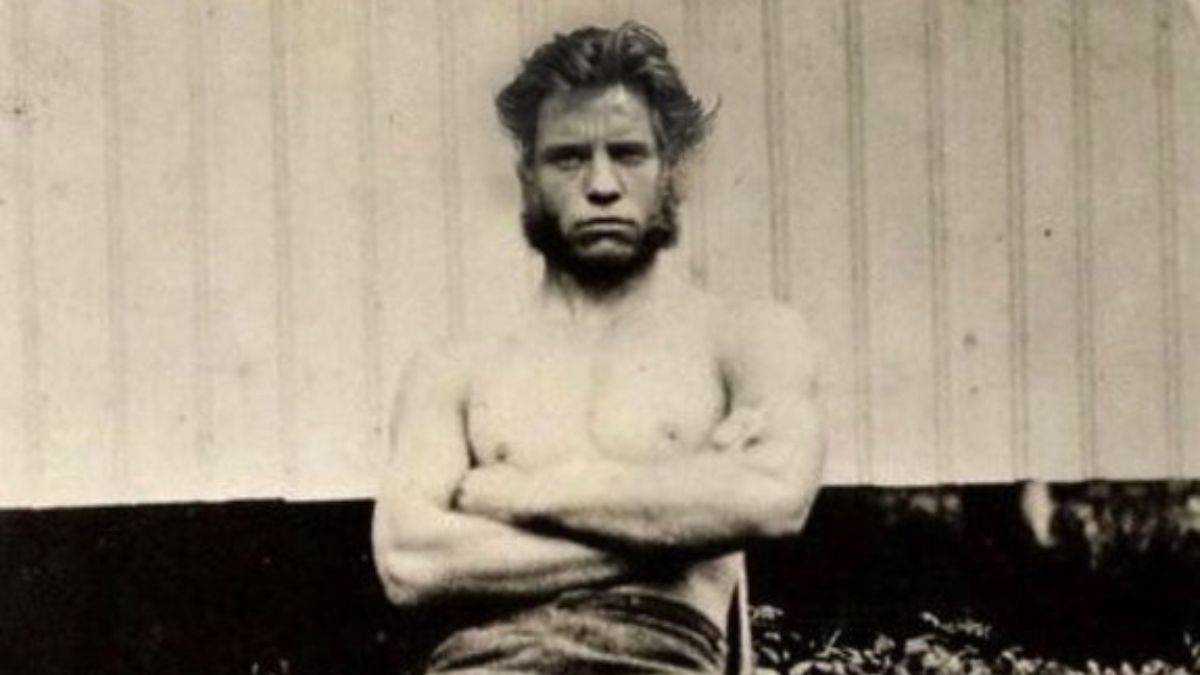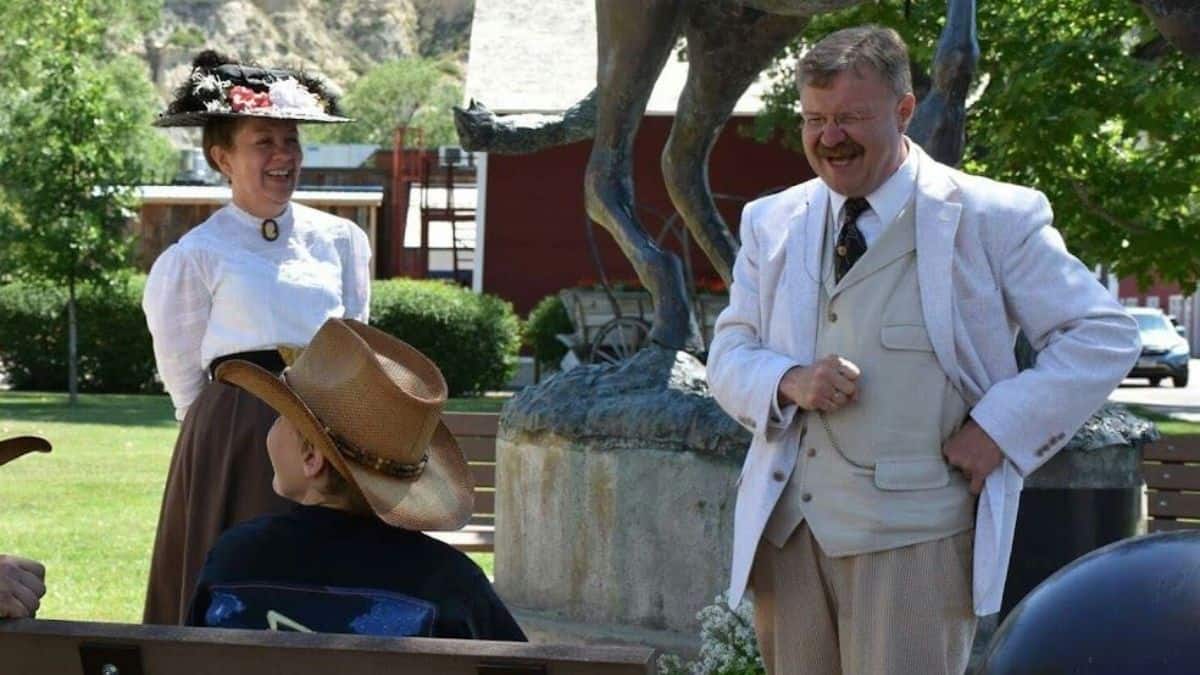Check out the photo of 19-year-old Theodore Roosevelt from Harvard

As per the tweets, we came across a photo of a young 19-year-old Theodore Roosevelt Jr. at Harvard, 1877.

He was often referred to as Teddy or his initials T. R. He was a writer, naturalist, and soldier in addition to serving as the 26th president of the United States from 1901 to 1909.
To advance the public interest in conflicts between large businesses and labor, he increased the presidential and federal government’s powers. He also led the country toward taking a prominent position in international affairs, notably in Europe and Asia. He secured the route and started building the Panama Canal (1904–14), earning him the Nobel Prize for Peace in 1906 for mediating the end of the Russo–Japanese War (1904–05).

The second of four children, Roosevelt was born into a well-to-do family of Dutch and English ancestry. When Roosevelt was a young boy, he needed private tutors because of his ill health. He showed ferocious, broad-based intellectual interest when he was a young lad. In 1880, he received his degree from Harvard College, where he was inducted into Phi Beta Kappa.
Roosevelt had severe asthma as a child, and he had struggled with poor eyesight his whole life. He gained a muscular body and a lifetime love of intense action thanks to a routine of physical exertion. As a politician and an outdoorsman, he accepted “the difficult life,” as he dubbed his book in 1901, as his ideal.
He was chosen to serve in the New York legislature in 1882, where he rose to become a prominent Republican opponent of the Democratic political apparatus. He moved to the Dakota Territory to start a ranch after suffering political setbacks and the loss of his wife. To serve on the U.S. Civil Service Commission (1889–1955) and as chairman of the city’s Board of Police Commissioners (1895–1977), he relocated back to New York.
He was William McKinley’s supporter and the assistant secretary of the navy from 1897 to 1898. He left his position to start the Rough Riders, a cavalry unit, once the Spanish-American War was launched. He was elected governor in 1899 after making his heroic return to New York. He was elected as McKinley’s vice-presidential running mate by the Republican Party, and after McKinley was killed in 1901, he was sworn in as president.
One of his first actions was to call for the Sherman Antitrust Act to be enforced against corporate monopolies. He defeated Alton Parker in the 1904 election for a position of his own. He pushed Congress to establish the Pure Food and Drug Act (1906), the Meat Inspection Act (1906), and regulations governing railroad rates to safeguard the public’s health. He established national forests and protected mineral, oil, and coal deposits.
The Roosevelt Corollary to the Monroe Doctrine, which reaffirmed the United States’ status as the Western Hemisphere’s defender, was stated by him and Secretary of State Elihu Root. He was awarded the 1906 Nobel Peace Prize for his role in mediating the end of the Russo-Japanese War. To build a trans-isthmus canal, he signed a pact with Panama.
He won William H. Taft’s nomination despite not wanting to run for office again. He visited Africa and Europe before attempting to seek the Republican presidential nomination in 1912; after being turned down, he founded the Bull Moose Party and ran on a New Nationalism platform. Despite losing the election, he received 88 electoral votes, making him the 20th century’s most successful third-party candidate. His prodigious writing on history, politics, travel, and the environment lasted over his lifetime.


